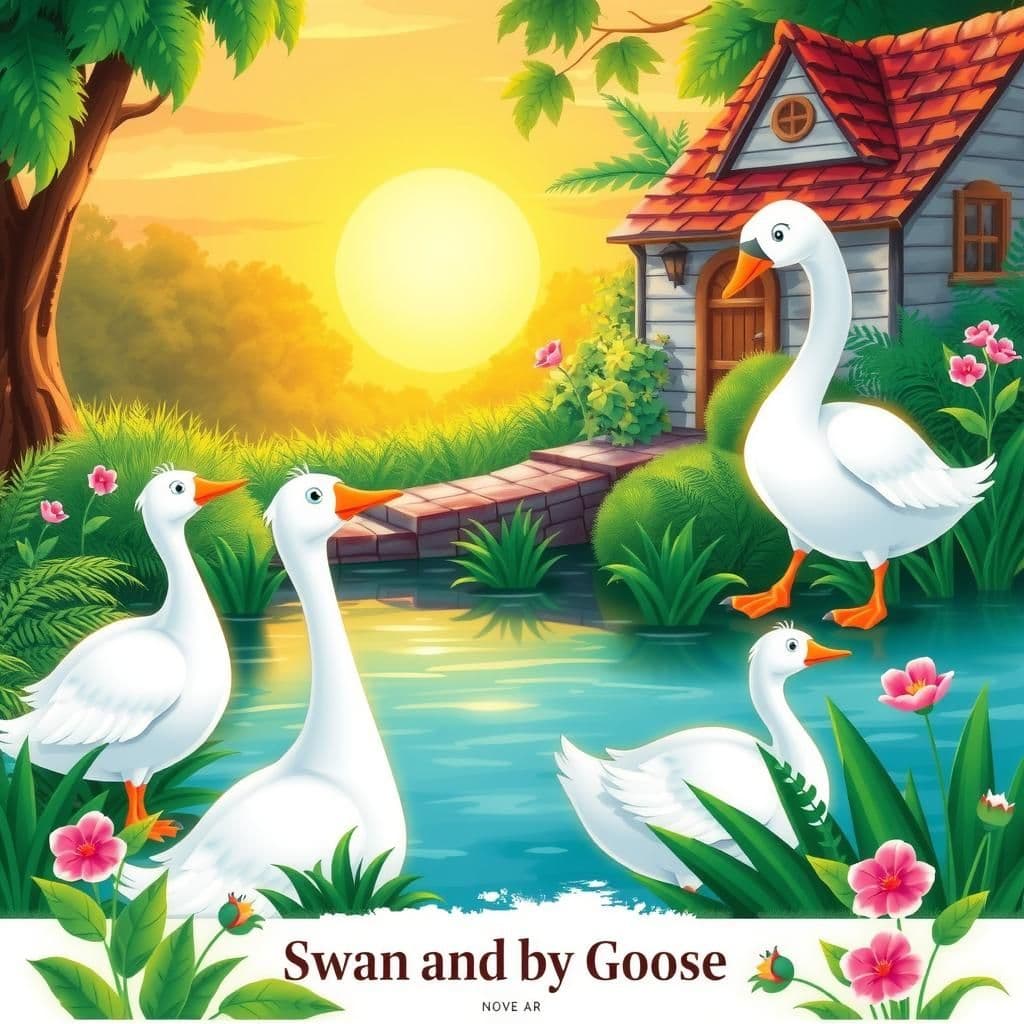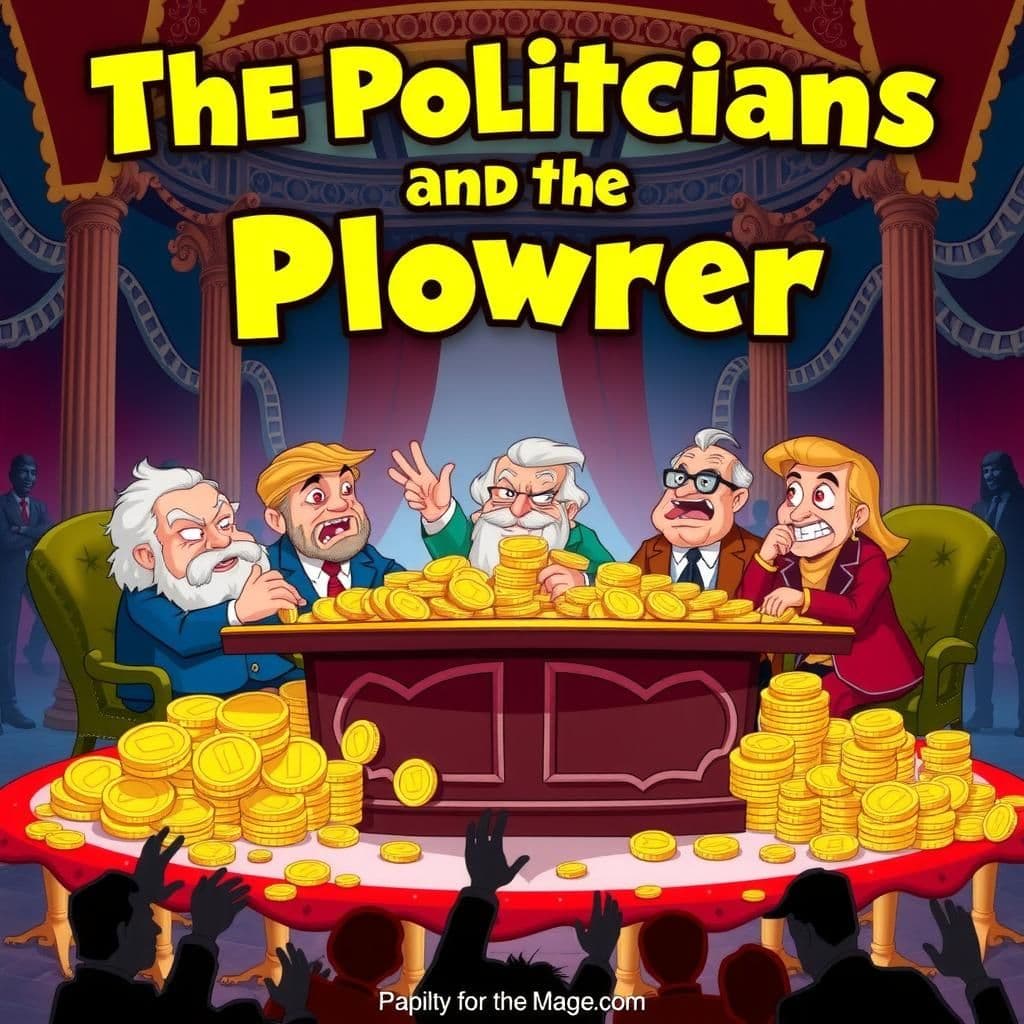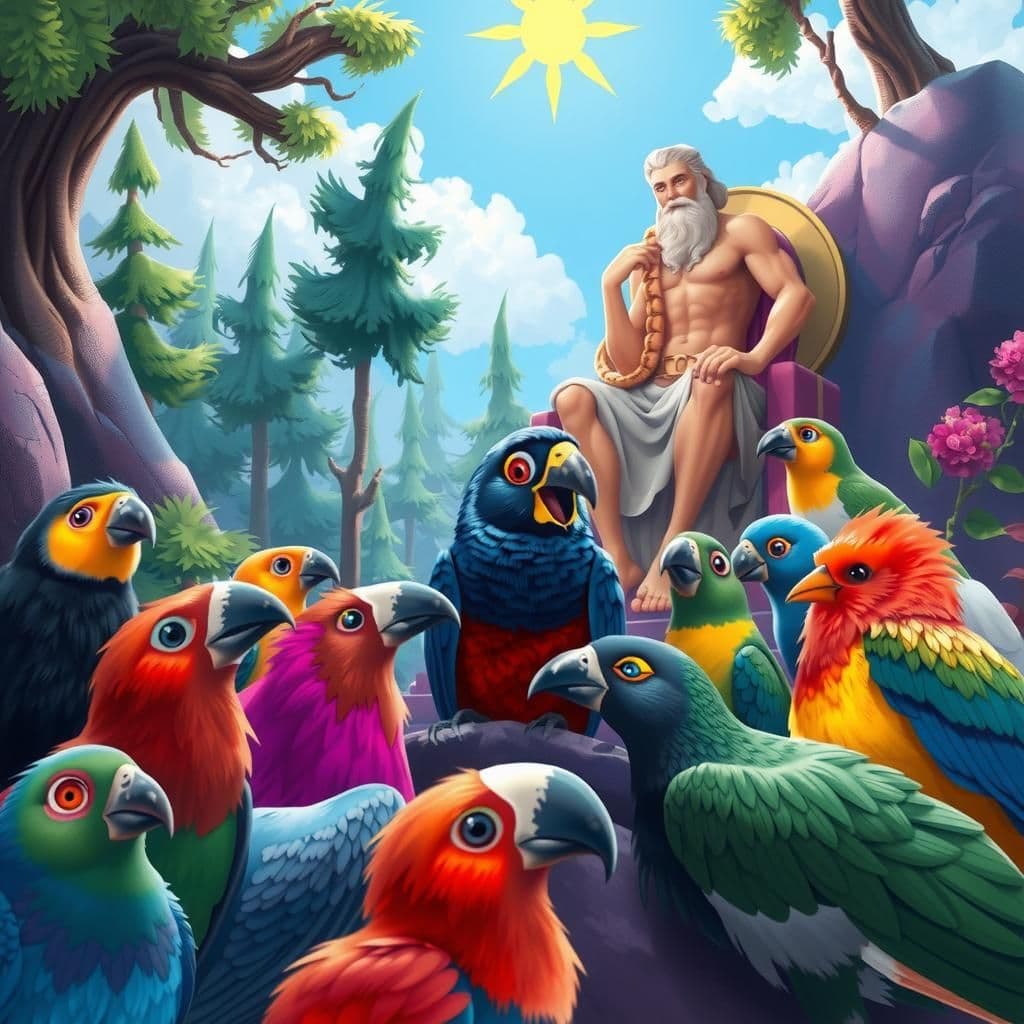The Blotted Escutcheon and the Soiled Ermine

Story Summary
In "The Blotted Escutcheon and the Soiled Ermine," two figures confront societal judgment in this concise moral story. The Blotted Escutcheon defends his spotted appearance as a noble trait linked to his ancestry, while the Soiled Ermine embraces his inherent dirtiness, highlighting themes of identity and acceptance. This moral short story invites readers, especially kids, to reflect on the nature of self-worth and the judgments imposed by society.
Click to reveal the moral of the story
The story illustrates that individuals often seek to justify their flaws or imperfections by attributing them to inherent qualities or circumstances beyond their control, rather than taking responsibility for their actions.
Historical Context
The excerpt reflects themes of identity and social status prevalent in allegorical literature, particularly in the context of the 19th-century satirical works that critique societal norms and class distinctions. It draws inspiration from fables and parables that often anthropomorphize animals or objects to comment on human behavior, reminiscent of Aesop's Fables or Lewis Carroll's "Through the Looking-Glass," where characters symbolize various societal roles and conflicts. The use of terms like "Blotted Escutcheon" and "Soiled Ermine" suggests a commentary on the superficial judgments based on appearance and heritage, highlighting the absurdities of social pretensions.
Our Editors Opinion
This story highlights the absurdity of trying to justify or cover up one’s flaws rather than embracing them as integral parts of identity. In modern life, individuals often face pressure to conform to unrealistic standards or to mask their imperfections, but a real-life scenario might involve a public figure owning up to their past mistakes during a scandal, ultimately gaining respect for their authenticity rather than attempting to hide behind a facade.
You May Also Like

The Swan and the Goose
In this famous moral story, a rich man buys a Goose for food and a Swan for its beautiful song. When the cook mistakenly captures the Swan instead of the Goose, the Swan's melodious voice reveals its identity, ultimately saving its life. This short bedtime story teaches valuable lessons about the importance of recognizing true worth and the power of one's unique gifts.

The Politicians and the Plunder
In "The Politicians and the Plunder," a fable story with moral undertones, various political figures negotiate their roles in dividing power and resources, each embodying different facets of corruption and governance. The Decent Respect for Public Opinion seeks to reform prison management, while the Blotted Escutcheon and Soiled Ermine cling to their judicial ties, yet ultimately, the Cohesive Power of Public Plunder reveals that the true spoils have already been claimed by the Depth of Degradation, illustrating the pervasive moral decay in politics. This creative moral story serves as a cautionary tale about the corrupting influence of power.

Jupiter and the Birds
In "Jupiter and the Birds," Jupiter calls upon all the birds to choose the most beautiful one as their king. The jackdaw, disguised with borrowed feathers, initially impresses but is soon exposed, prompting indignation from the others. However, Jupiter praises the jackdaw's cleverness, declaring him king and illustrating a thought-provoking moral: that wit is more valuable than mere appearance, making this a memorable story with moral significance.
Other names for this story
Blotted Heraldry, Stained Nobility, The Marked Legacy, Fabled Accusations, The Spotted Lineage, Disgraced Prestige, Tainted Aristocracy, Defending Heritage
Did You Know?
This story cleverly uses anthropomorphism and satire to explore themes of identity and self-perception, as the characters' unique physical traits symbolize their personal histories and societal roles, prompting readers to reflect on how appearances can shape perceptions and reputations.
Subscribe to Daily Stories
Get a new moral story in your inbox every day.